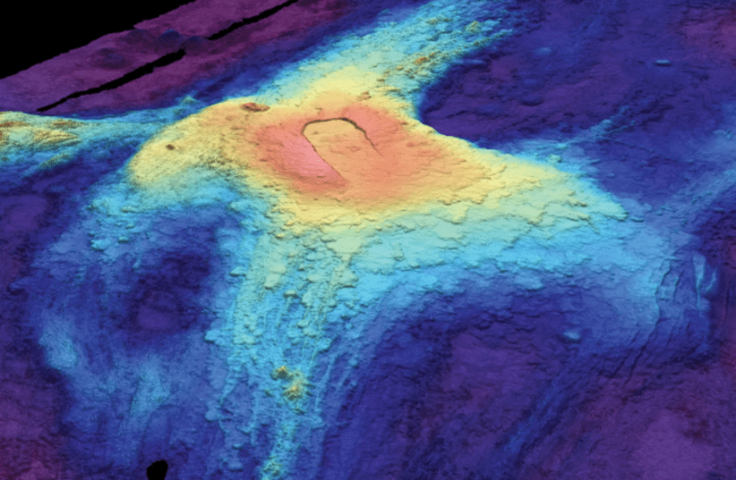
The Axial Seamount, an active underwater volcano located about 300 miles west of the Oregon coast and nearly a mile beneath the surface of the Pacific Ocean, is showing signs of an imminent eruption.
While it might sound alarming, scientists monitoring the site emphasize that the eruption is unlikely to directly endanger coastal communities beyond some small earthquakes, but it does provide a valuable window into the Earth's dynamic geological processes.
Axial Seamount sits on the Juan de Fuca Ridge, a tectonic boundary where the Juan de Fuca and Pacific Plates are slowly pulling apart. It is one of the most closely monitored submarine volcanoes in the world, thanks to a dense array of sensors installed as part of the Ocean Observatories Initiative. These instruments track seismic activity, ground deformation, and chemical changes in the water — all indicators of potential volcanic activity.
According to the most recent data, Axial is more "inflated" than it was before previous eruptions in 1998, 2011, and 2015, suggesting that magma is rapidly accumulating beneath the seafloor. In addition, swarms of small earthquakes — a typical precursor to eruptions — have increased in frequency in early 2025, prompting scientists to suggest that an eruption may occur as soon as tomorrow.
Despite the dramatic nature of the term "eruption," experts say Axial's activity is unlikely to have catastrophic consequences for people living on land. The volcano's depth and remote location mean that eruptions primarily consist of slow-moving lava flows on the seafloor. These are unlikely to generate tsunamis or other hazards that could affect the Oregon, Washington, or California coastlines.
Still, some communities are watching closely. The Pacific Northwest's extensive fishing industry and undersea cable networks could be affected if hydrothermal activity alters the ocean floor or water chemistry in the region. Additionally, vessels operating in deep-sea zones are advised to stay alert to any seismic updates.
More importantly, scientists see this as a rare and invaluable research opportunity. With Axial's real-time monitoring network, researchers can observe a submarine eruption as it happens — a first in many respects. This helps refine prediction models not just for seafloor volcanoes, but for terrestrial ones as well.
Bill Chadwick, a geologist with Oregon State University, added that "On land, if you make a forecast that a volcano is going to erupt in a week or a month and you're wrong, you've cost people a lot of money and time and worry. But we don't have to worry about that at Axial Seamount because these eruptions don't impact anyone. So it's a nice way to test our models, test our forecast and hold ourselves accountable, but without the same repercussions as with volcanoes on land."
© 2025 Latin Times. All rights reserved. Do not reproduce without permission.










